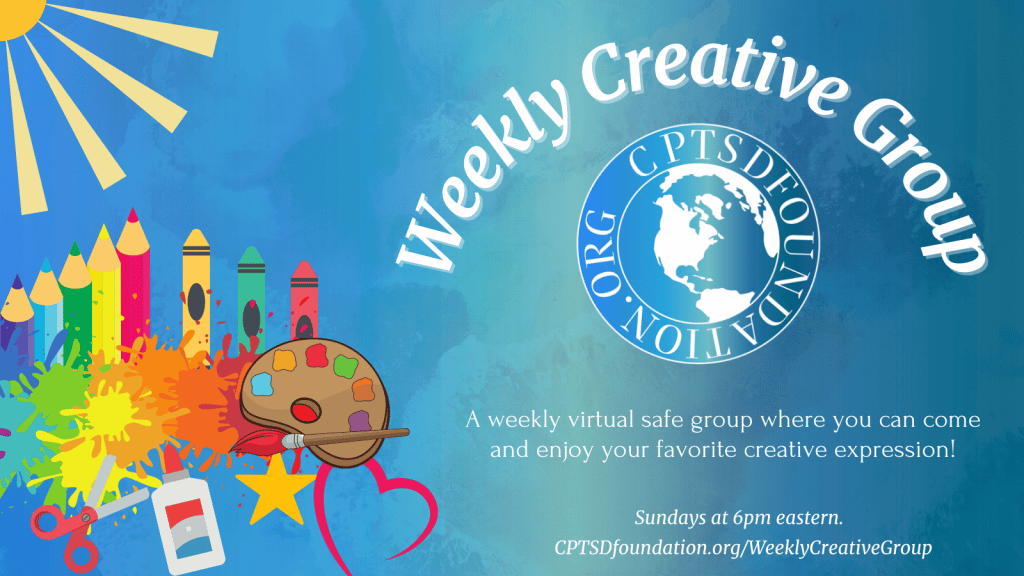Trauma is an emotional result of a distressing, shocking, or life-threatening incident. It is not the event itself that causes the trauma, but rather a person’s reaction to it.
Half of U.S. adults will experience at least one traumatic event in their lifetimes. For some, this trauma will fade over time, while for others it will develop into a more serious condition known as Post Traumatic Stress Disorder (PTSD).
As Giles Fourie, Director and Co-owner at White River Manor, explains, “Some people can continue life without any major disruption, whereas others will be significantly affected – emotionally, mentally, and physically – and may engage in unhealthy behaviors, such as substance abuse, often resulting in co-occurring disorders.”
When trauma experiences are prolonged, such as in situations of domestic abuse, trauma bonds can form, making it incredibly difficult for the sufferer to leave. In this article, we will be discussing trauma, why trauma bonds form, and how to break them. We hope the information we share is helpful to you, whatever situation you find yourself in.
What Causes Trauma?
Because trauma is the result of an emotional reaction to a situation, what is traumatic is personal to the individual. Just because you found an event traumatic that someone else didn’t, does not mean your feelings aren’t valid.
Some of the most well-known causes of trauma include:
- Harassment (physical and emotional)
- Bullying
- Racism and racist attacks
- Natural disasters
- War
- Kidnapping
- Physical, psychological, or sexual abuse
- Sexual assault
- Traffic accidents
- Acts of terrorism
- The unexpected and sudden loss of a loved one
- Attack
- Childbirth
It’s important to mention that a person can also experience trauma after witnessing a traumatic event that happened to someone else. You don’t have to be the recipient of the traumatic event to become traumatized.
The Three Types of Trauma
There are three main types of trauma that a person may experience. These are:
Acute Trauma
This is trauma resulting from a single incident, such as a serious accident or a violent event. People suffering acute trauma may experience post-traumatic stress disorder; however, more often than not, this is only for the short term.
Chronic
This is trauma caused by repeated exposure to a traumatic experience, such as abuse or combat situations. When trauma is prolonged, it can take years for the resulting symptoms to surface.
Complex
This is trauma resulting from exposure to numerous traumatic events, usually within the context of interpersonal relationships. Complex trauma includes instances of childhood abuse, violence, sexual exploitation/trafficking, and neglect.
Unfortunately, trauma is not always easy to identify. In fact, many of us are living with unresolved trauma from our past without even realizing it. Understanding trauma and its symptoms can equip you with the knowledge you need to resolve your trauma and move forward with your life.
What are the Symptoms of Trauma?
Trauma symptoms can surface differently in different people. While most people find their symptoms of trauma (such as nightmares, flashbacks, and generalized anxiety) tend to fade over time. For others, symptoms can last a lot longer and may require professional support.
If you suspect you’re from trauma, here are the signs and symptoms you might be experiencing:
- Anger (traumatized individuals can feel angry at themselves, the person/people responsible for their traumatic event, or the world in general)
- Anxiety
- Depression
- Obsessive-compulsive behaviors
- Self-medicating
- Withdrawal and isolation from social situations
- Eating disorders
- Strong feelings of stress and overwhelm. Emotional detachment (numbness or dissociation is a survival response common in trauma sufferers.)
- Fatigue and exhaustion
- Flashbacks (replaying the traumatic event in your head and reliving the physical and emotional effects)
- Insomnia due to recurring nightmares
When a person experiences prolonged trauma, such as abuse over many years, they can be susceptible to developing trauma bonds. These can be incredibly difficult to break and can have a profoundly damaging effect on a person’s life.
Trauma Bonds Explained
Trauma bonds are the result of a powerful emotional attachment that can occur when there is a pattern of toxic or abusive behavior followed by positive reinforcement or intense affection. This can also be referred to as ‘intermittent reinforcement’.
There are many different types of trauma bonding in relationships, including those romantically, professionally, and within a person’s family. Trauma bonds can also form in hostage situations. This is very common.
Why are Trauma Bonds So Hard to Break?
According to Broxtowe Women’s Project, “Trauma bonding has similarities with Stockholm Syndrome where people held captive develop feelings of trust and affection towards their captors. Both Trauma-Bonding and Stockholm Syndrome are survival strategies that develop to help survive an emotionally or physically dangerous situation.”
A common example of a trauma bonding cycle developing is in situations of domestic abuse, where a person may be repeatedly hit by their partner, only to receive an apology and special treatment afterward.
For those who have not experienced trauma, it’s easy to assume this kind of unpredictable behavior would drive the sufferer to seek help. However, trauma bonds can cause a person to feel like if they only act in a certain way, they’ll receive the love they deserve. Trauma bonds cause a person to hope that one day the negative behaviors will change.
How to Break Trauma Bonds
“Trauma is incomprehensible and unbearable. It overwhelms the mind, body, and brain and shatters you to pieces. You cannot tell the trauma story – you live it out in your body.” – Dr. Bessell van der Kolk
Breaking a trauma bond is incredibly challenging, yet crucial if you want to reclaim your independence and mental health. Here are some of the ways you can break a trauma bond and move on with your life.
Understand Trauma
Many people with a trauma bond are often unaware of their trauma. They don’t always recognize the behavior as traumatic and have instead, subconsciously, developed survival tactics that help them through difficult times (such as, dissociation, numbness, and self-medicating).
The first step in breaking a trauma bond is to understand what trauma is and the long-term effects it can have. When you educate yourself about trauma bonds and what they can look like in a relationship, you can recognize negative patterns in your own relationship and see reality more clearly.
Acknowledge the Situation
Once you understand what trauma bonds are and how they can form, it’s important to acknowledge your situation. This can be incredibly challenging as many people in trauma bonds feel a fierce sense of loyalty to their partner.
However, it is essential to realize that the relationship is unhealthy and that it is, in fact, causing you trauma. This involves recognizing unhealthy patterns of behavior and acknowledging the pain and suffering these cause you.
Some people find journaling to be helpful for documenting incidents and the feelings associated with them. The act of writing things out can help make it easier to accept the reality of the situation.
Build a Support System
Having a strong support system is essential throughout your life, but especially when you are working to break a trauma bond. Reaching out to trusted friends, family members, and/or support groups who can offer emotional support and guidance is incredibly important.
Many people find that joining a support group for abuse survivors is extremely comforting. It connects you with people in a similar situation and provides a safe space where you can talk freely and be understood. We understand that the journey to healing is long, but with the right support system, you don’t have to walk it alone.
Seek Professional Help
It can be incredibly difficult to break a trauma bond on your own (not impossible, but certainly challenging). That’s why we strongly recommend you seek professional support along the way.
A therapist who specializes in trauma will help you understand the patterns of abuse that have strengthened the trauma bond, and they will support you in breaking that bond and moving on with your life.
Final Words
We hope this article has given you insight into why trauma bonds form and how to break them.
If you have experienced a traumatic event or prolonged trauma, you aren’t alone. We hope this article encourages you to take proactive steps towards building a support system and seeking the professional help you need to move forward into freedom.
Photo by Lucas van Oort on Unsplash
Guest Post Disclaimer: Any and all information shared in this guest blog post is intended for educational and informational purposes only. Nothing in this blog post, nor any content on CPTSDfoundation.org, is a supplement for or supersedes the relationship and direction of your medical or mental health providers. Thoughts, ideas, or opinions expressed by the writer of this guest blog post do not necessarily reflect those of CPTSD Foundation. For more information, see our Privacy Policy and Full Disclaimer.




